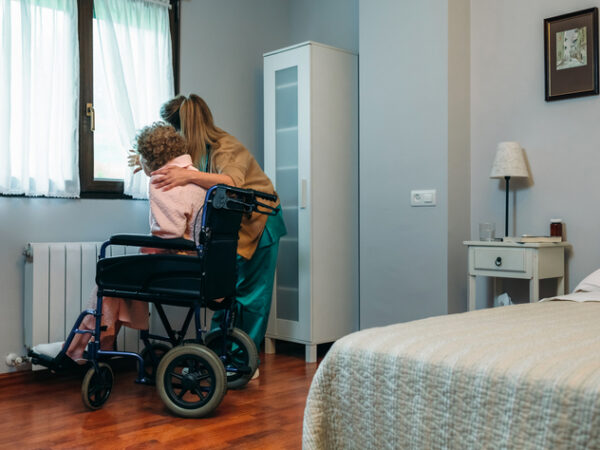Recent experiences during the pandemic shone a spotlight on the value of regular face-to-face social interaction to support overall health and well-being. But isolation and loneliness do not only affect mental health. A recent large-scale study of older adults found a strong link between social isolation and an increased risk for skilled nursing facility and nursing home placement.
As the proportion of older adults in the population swells with the aging of the large Baby Boomer cohort, governments are working to reduce nursing home use and spending. This recent study demonstrates the importance of providing seniors with opportunities for social interaction to promote overall health and well-being, reducing the number of community-dwelling seniors requiring skilled nursing and nursing home stays.
The observational study included data from 11,517 adults over the age of 65 gathered from the Health and Retirement Study between 2006 and 2018, adjusting for key health and social characteristics, including loneliness and depressive symptoms. High levels of social isolation were associated with a significant risk factor for nursing home use among older adults.
Because transportation is often an obstacle to regular social interaction, connection to community, and a sense of belonging, addressing transportation for community-dwelling seniors is a critical first step in fighting isolation. Many seniors wish to age in place in their own homes, but when driving is no longer possible, families and community agencies need to be prepared to offer transportation alternatives.
Meal delivery services like Meals on Wheels also provide regular social interaction, in addition to supplying nutrition, and delivery volunteers are often the only social contact seniors may have in a day. Continuing social innovation to connect seniors with others through community recreation centers, libraries, volunteer organizations, faith-based groups and local businesses can all help seniors feel more valued and less isolated.
Learn more about age-friendly communities by following this link to the Public Health Agency of Canada.






Add Your Voice
0 Comments
Join the Discussion